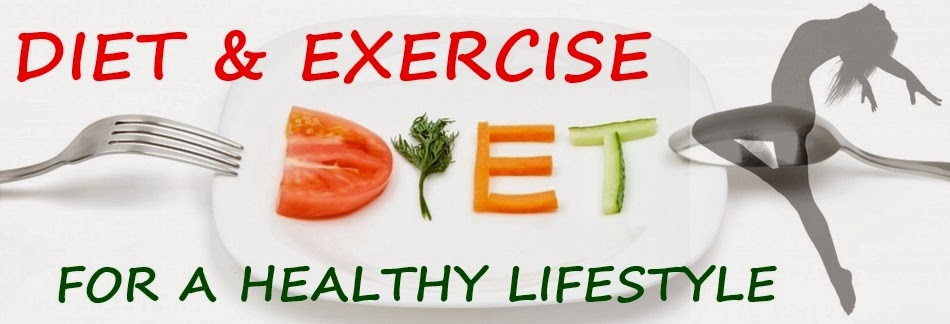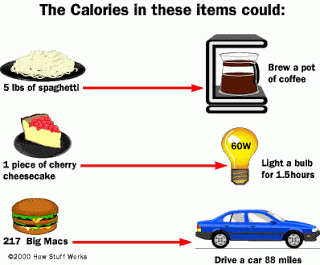You know those "light and healthy" sections more and more restaurants are putting on their menus? They could be sabotaging your weight-loss efforts: a new study shows that when restaurants create special low-calorie sections on their menus, people tend to automatically rule out those options.
The study, published in the Journal of Consumer Research, shows that when menus have a separate section specifically for low-calorie options, people are less likely to pick dishes from that section.
"Because most restaurant menus are quite complex -- offering numerous dishes composed of multiple ingredients -- diners try to simplify their decision. People have come to expect low-calorie food to taste bad or not fill them up," study researchers Jeffrey R. Parker, of Georgia State University, and Donald R. Lehmann, of Columbia University, said in a statement. "We propose that by calorie organizing a menu, restaurants make it easier for people to use the general 'low-calorie' label to dismiss all low-calorie options early in the decision process."
The study
The study included four experiments, all of which involved having study participants view menus and then indicate which dish from the menu they would choose, as well as estimate or recall how many calories were in that dish.
For one of the experiments, researchers had 272 people with an average age of 31 look at a menu for Timmy's Diner (a restaurant none of the participants had ever visited before) and choose a dish and beverage. However, not all the participants' menus were the same.
The study participants were randomly assigned to have one of these six menus. Researchers found that people given the menus where the calories were listed next to each item (but where low-calorie dishes were not split up into their own category) tended to choose lower-calorie options, compared with those given the traditional menus.
Bottom line
"Thus, additionally organizing the calorie-posted menus by caloric content largely (though not completely) erased the positive impact of calorie posting," the researchers wrote in the study.
They also noted that the impact of posting calories by each dish in choosing lower-calorie foods was even greater for the menus where the price was positive correlated with calories, "suggesting that price, unsurprisingly, plays a role in consumers' choices."
However, researchers did not find that the calorie-price correlation seemed to affect food choices at all when the participants were given the menus where the low-calorie foods were spun out into their own category. "This supports our contention that consumers use menu categories as a screening criterion," the researchers wrote in the study. "Since many participants likely screened out the under-700-calories options in the consideration set formation process, they would be unlikely to notice the calorie-price correlation, resulting in this factor playing little to no role in their choices."
What do you think about the findings? Do you usually skim right over the "low-calorie" or "diet" sections of menus, since you don't expect the food to be as good?
My opinion? Don't get freaked out or intimidated by these special labels or menus. Healthy food can be super filling and tasty—so just pick the most appetizing thing you see and stop overthinking it!
Sources: http://www.eurekalert.org/, http://www.sciencedaily.com/, http://www.womenshealthmag.com/, http://www.huffingtonpost.com/












